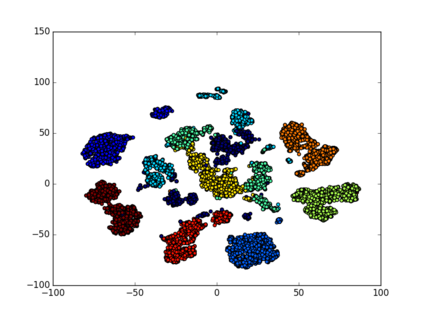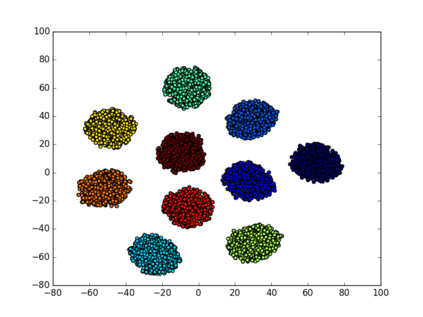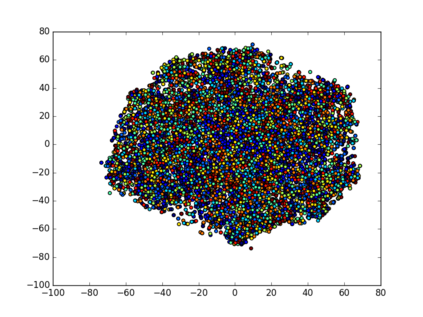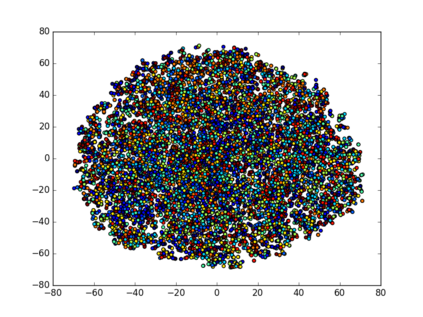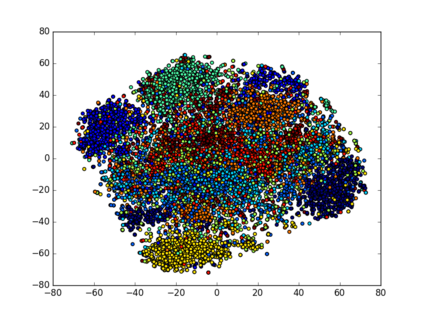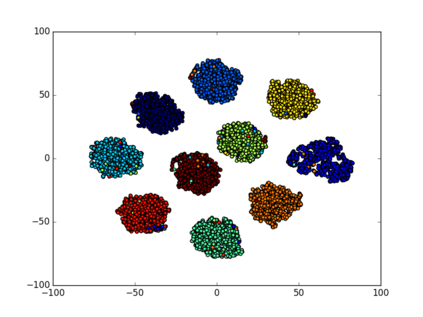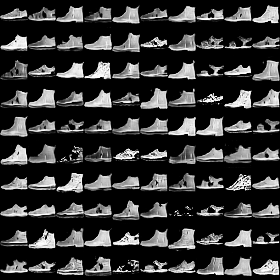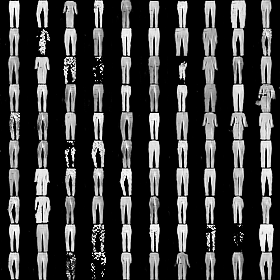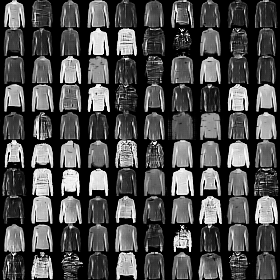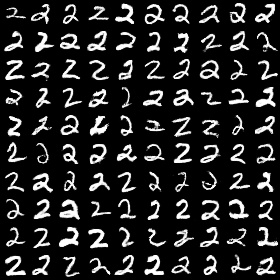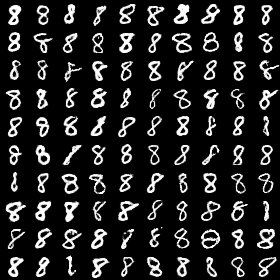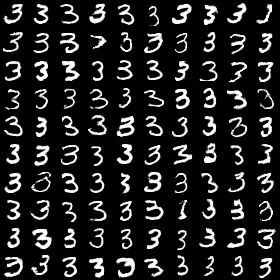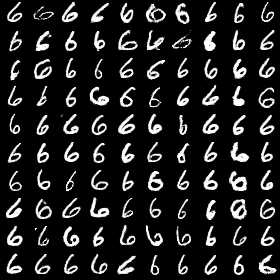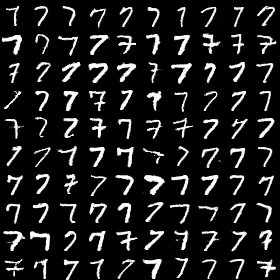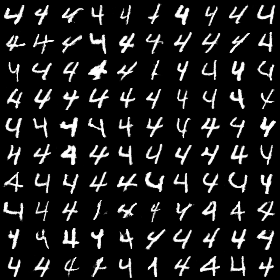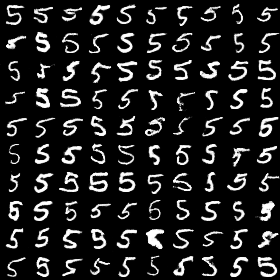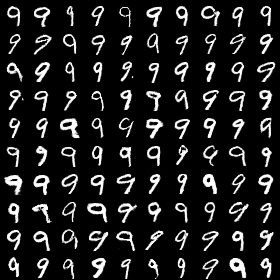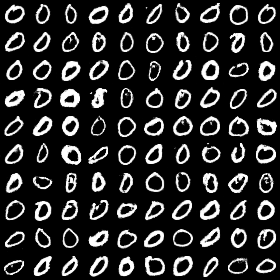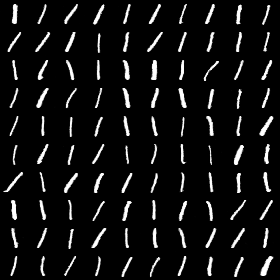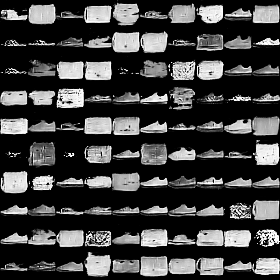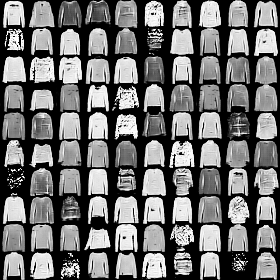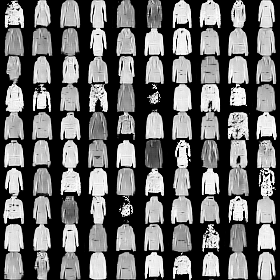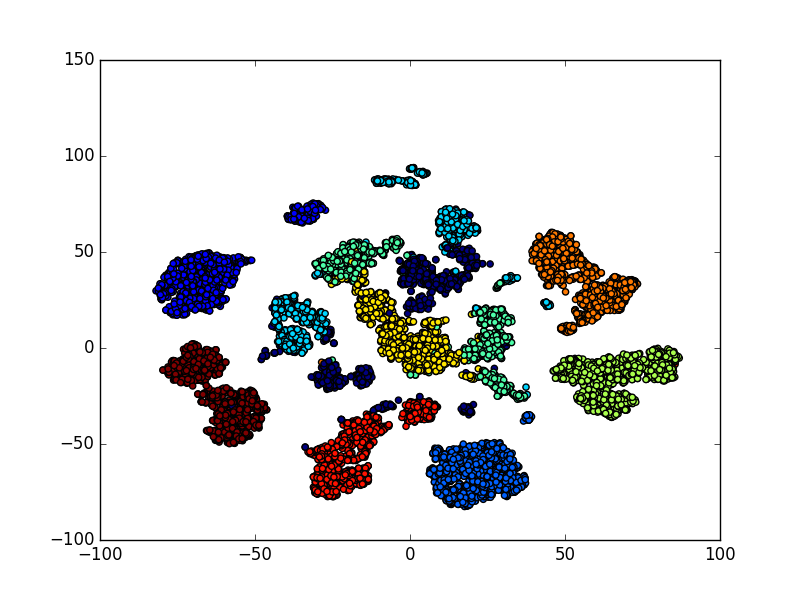Generative Adversarial networks (GANs) have obtained remarkable success in many unsupervised learning tasks and unarguably, clustering is an important unsupervised learning problem. While one can potentially exploit the latent-space back-projection in GANs to cluster, we demonstrate that the cluster structure is not retained in the GAN latent space. In this paper, we propose ClusterGAN as a new mechanism for clustering using GANs. By sampling latent variables from a mixture of one-hot encoded variables and continuous latent variables, coupled with an inverse network (which projects the data to the latent space) trained jointly with a clustering specific loss, we are able to achieve clustering in the latent space. Our results show a remarkable phenomenon that GANs can preserve latent space interpolation across categories, even though the discriminator is never exposed to such vectors. We compare our results with various clustering baselines and demonstrate superior performance on both synthetic and real datasets.
翻译:生成的Aversarial网络(GANs)在许多未经监督的学习任务中取得了显著成功,而且无可争辩地说,集群是一个重要的未经监督的学习问题。尽管人们有可能利用GANs的潜空反射集群,但我们证明该集群结构没有保留在GAN的潜伏空间中。在本文中,我们提议将GOFGAN作为使用GANs进行集群的新机制。通过抽样从单热编码变量和连续潜伏变量的混合物中得出的潜在变量,加上一个与集合特定损失联合训练的反向网络(将数据投射到潜伏空间),我们能够在潜伏空间中实现集群。我们的结果表明,GANs可以保护潜伏空间的跨类别间相互作用,即使歧视者从未接触到这种矢量。我们的结果与各种组合基线进行比较,并显示合成和真实数据集的优异性表现。

